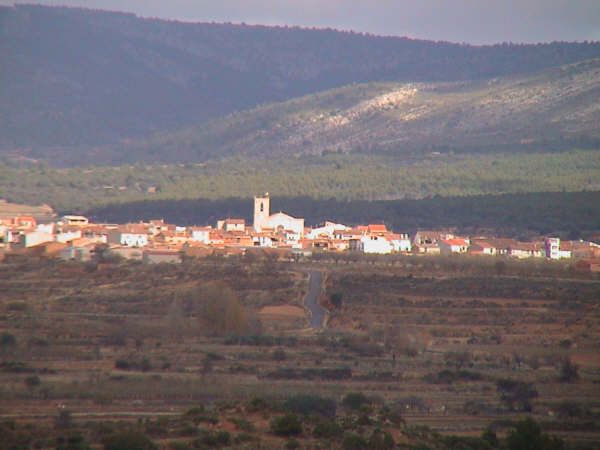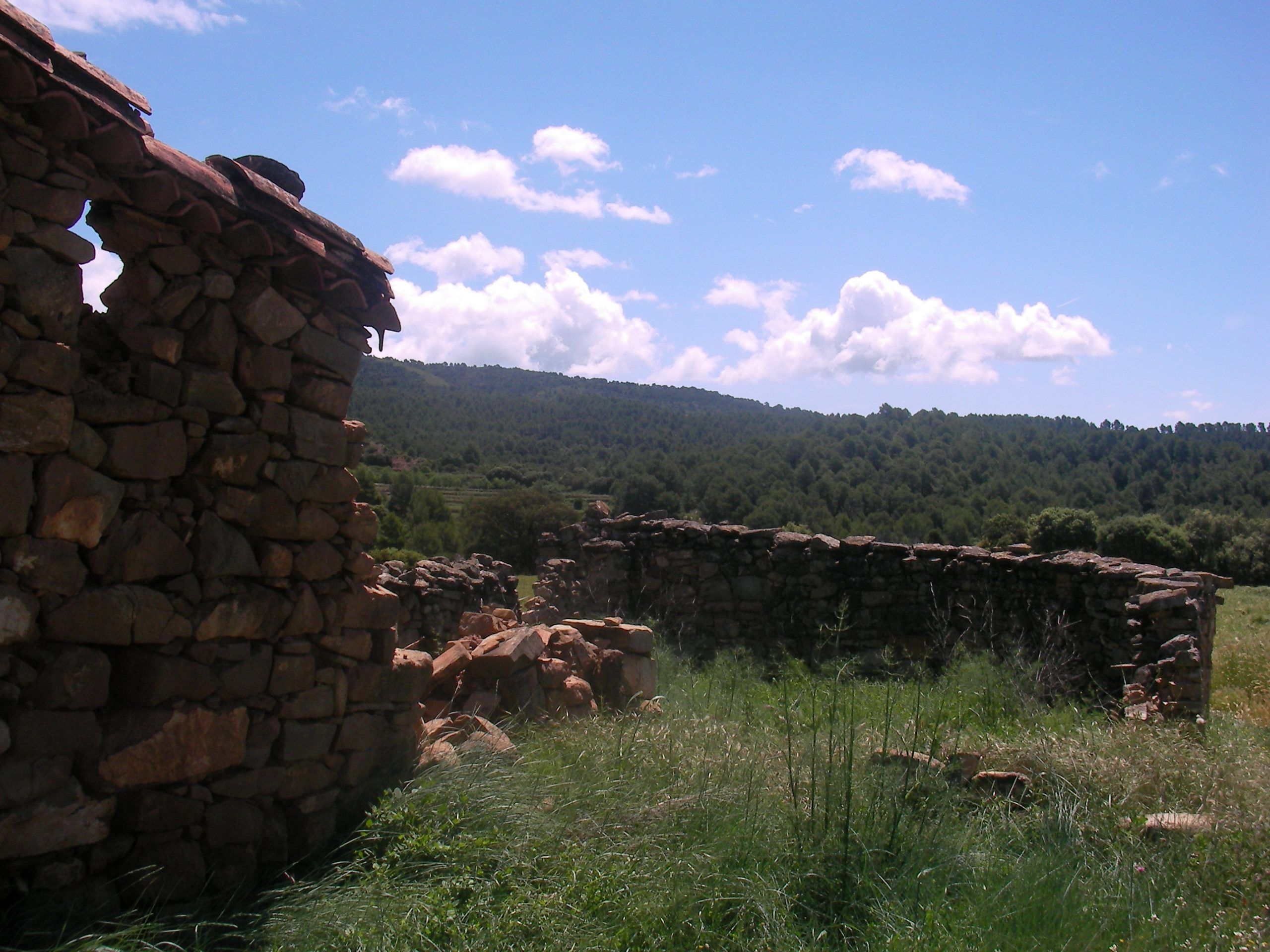La Yesa
The municipality of Yesa is located at 80 km from Valencia and at an altitude of 1008 m. Thanks to this altitude and the dry climate enjoyed by the municipality, the mountains, and even the roofs, are covered with snow in winter. The archaeological remains found in La Yesa bear witness to a collapse during the period of Roman domination. In 1586, the village was declared independent of Alpuente. The notable monuments include the lavoir, a typical construction that is still used by the villagers, the church of Our Lady of the Angels, and the three hermitages: Saint John, Saint Roche and Saint Sebastian and “La Tejería”, recently restored as a hostel. In the municipality we can enjoy a range of beautiful landscapes. La Yesa has significant natural heritage, which is varied, natural and rich in the characteristic local flora. Highly recommended is a visit to the spectacular tree specimens found locally: “La Carrasca Tumbada” or “La Carrasca del Pozuelo”, “El Pino Sombrero”, the ancient junipers and “La Almeza”.
Gastronomy:
La Yesa is characterized by its rich and varied cuisine, based on products cultivated in the municipality and prepared using traditional methods. This combination offers flavours and sensations that recall former times and speak in favour of natural, healthy cooking.
Mention may be made of a dish prepared with rice and local beans and turnip. “Olla del pueblo” (Village “pot”) owes its name to the manner in which it is prepared in a clay pot, which is left to simmer over a wood fire.
Further typical products from La Yesa include sausages stored in olive oil, and artisan sausages made in the village butcher’s shops.
We cannot overemphasize the bread cooked in clay ovens, pasties, bacon or sardine cakes, “coquitos”, “rollitos de anís”, sugar cakes with walnuts and raisins, and many other delicacies made by hand in the municipal wood-burning oven. Locally-produced honey is also available.
Mention may be made of the craft beer “Galana” which is produced in the municipality and whose intense flavour is the ideal complement to any of these products.
Places of interest:
Parish Church of Our Lady of the Angels
17th-century parish church, completed in 1622 in accordance with the Renaissance model. It was burned down in 1840 during of the Carlist Wars. Its reconstruction lasted until 1852.
To the left of the façade is an embedded, robust, masonry bell tower with ashlar corners. It is composed of two sections separated by a cylindrical molding. The first section houses an arrowslit and a clock, the second an arched opening for the bells. It is topped with a terrace with balustrade. Mention may also be made of the annex to the Abbot House.
Hermitages
There are four hermitages in the municipality: Hermitage of Saint Roche, Hermitage of Saint Sebastian, Hermitage of Saint John and Hermitage of Our Lady of Bethlehem in “Casa de las Hoyas”, which has been destroyed.
Festivities:
The main festivities are celebrated in summer. The 16th July sees celebrations in honour of the village’s patron saint, Our Lady of Mount Carmel, and in August the main festivities are held, accompanied by the decoration of the streets with arches and villagers dressed in typical costumes, such as the “salla roya”. Every year during July and August, visitors can enjoy an exhibition of medieval painting on stoneware (handmade).












